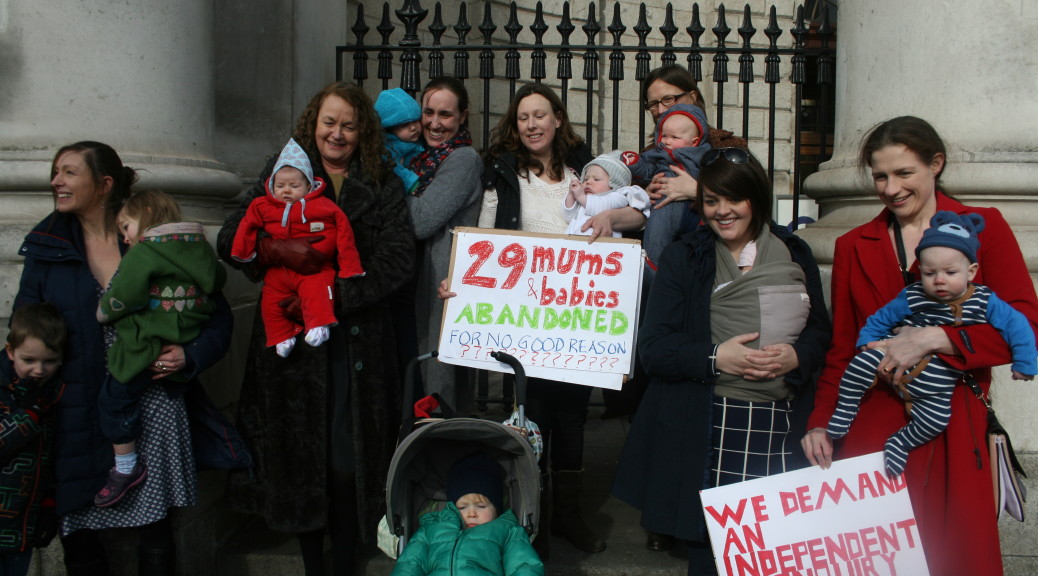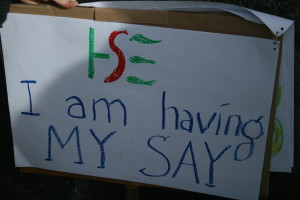Philomena Canning’s clinical indemnity is re instated.
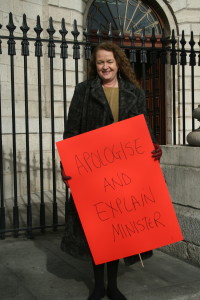
I am delighted. But now I want my questions answered. Why was her indemnity removed in the first place? Why were certain factions within the HSE effectively enabled to extend what appears to be their personal opinions of Ms Canning and her practice into a public destruction of her livelihood and her good name? Why did the Minister of Health insist that there had been “serious concerns” in PQs to Clare Daly TD, when the evidence now shows that there was none? I noted at the time that he did not use the term “alleged specific and serious concerns”, but opted for the more convincing “specific and serious concerns” He is of course protected from defamation proceedings by Dail privilege, but surely this privilege brings with it an extra responsibility not to reiterate potentially defamatory statements that might be made by others?
Minister Varadkar : ‘With regard to this case, I understand from the HSE that her indemnity has been suspended temporarily due to specific and serious concerns expressed by other clinical staff about patient safety. When the HSE suspends an individual as precautionary measure subject to a review/investigation, it does not do so lightly.’
The only way for Philomena to fully regain her exemplary reputation back is for Minister Varadkar to issue a public apology. I would like to know when the Minister plans to issue such an apology?
The HSE removed Philomena from practice without providing immediate substitute care for the women on her books.
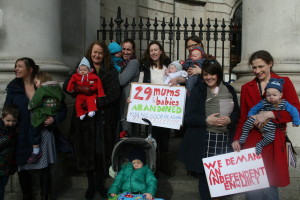
She was phoned on a Friday evening and no substitute care was available all weekend. Why was the HSE allowed to leave these 29 women without care? This was surely not best practice and might have endangered the lives of both mothers and babies. Two of the women were at term and they were left with no home birth care provider to turn to if they went into labour. As time went on, the HSE found substitute home birth care for a few women, but others were effectively abandoned or forced to engage private services from their own savings. Why was the burden of finding care not fully shouldered by the HSE? Why were women abandoned? Why were some of the 29 women never contacted by the HSE at all? Why did Minister Varadkar not intervene?
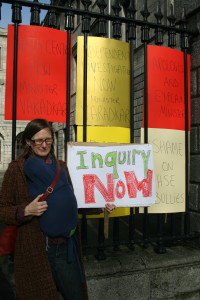
The removal of Philomena from her home birth practice left vast swaths of the Greater Dublin area without a National Home Birth Service, as only Philomena covered these areas. For medical card holders living outside the NMH’s catchment area this left them with no home birth option at all. Why, if the HSE are committed to a National Home Birth Service was a substitute midwife not put in place before the suspension to ensure continuity of service? Furthermore, why were the majority of the 29 women never found any substitute care? Why did many of them, whilst heavily pregnant have to try and seek basic antenatal care for themselves and their unborn babies?
The manner in which the suspension of Philomena was carried out left other home birth midwives in the Greater Dublin area unwilling to take on clients who lived in the area presided over by the Designated Midwifery Officer who had been involved in Philomena’s suspension. The National Home Birth Service in South County Dublin, Kildare, Wexford and Wicklow came under serious threat and still is under threat How could the HSE allow the National Home Birth Service be de constructed in this way?
And last but not least, why did all this come to light just as Philomena was about to open her to free standing birth centres?
I am going to hand out some counting blocks now and you can start putting two and two together.
Unlike pretty much every other country in Europe, or OECD countries, there are no free standing birth centres in Ireland. The recent Birthplace Study in the UK showed that free standing birth centres were a safer place for mother and baby than a hospital setting as mothers were subjected to fewer interventions there. Many women in Ireland do not want to avail of obstetric care and neither do they feel comfortable with home birth. They are looking for something in the middle; they are looking for free standing birth centres. The initial results of AIMSI s WMTY 2014 survey of nearly 3,000 women and their maternity care experiences indicate that this is the missing link in our maternity services. Why is there such opposition to free standing birth centres in Ireland? Who are the vested interests that are most vocal in that opposition, and what sway do they hold over the HSE?
The HSE are never going to answer any of these questions, only an independent inquiry can do that, and if we are ever to find out the answers to these questions that is what is required.
© February 2015
Links
https://www.kildarestreet.com/debates/?id=2014-09-30a.414
http://www.hse.ie/eng/services/list/3/maternity/homebirth.html
https://www.npeu.ox.ac.uk/birthplace/results
http://aimsireland.ie/what-matters-to-you-survey-2015/
www.philomenacanningcampaign.com
https://www.facebook.com/philomenacanningcampaign
Follow the Philomena Canning campaign on Twitter #isupportphilomenacanning

